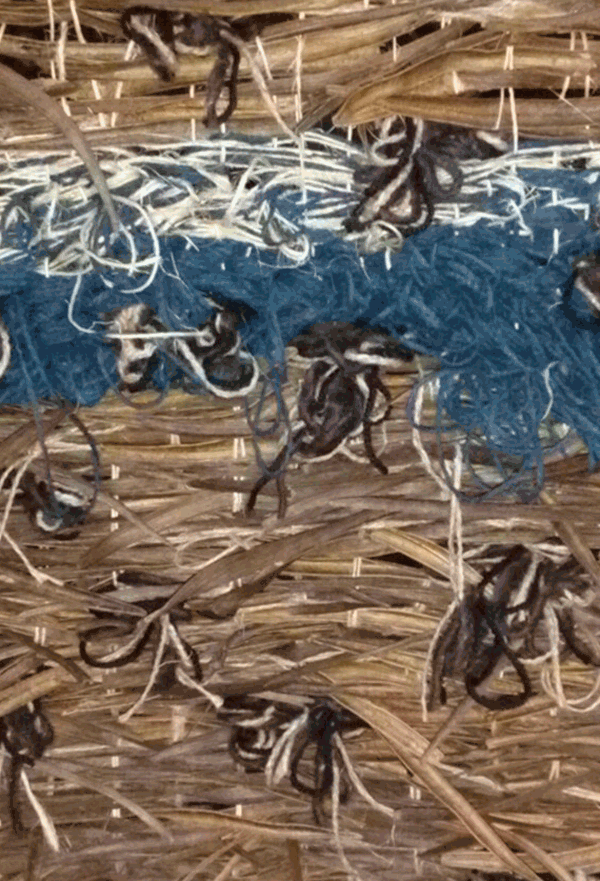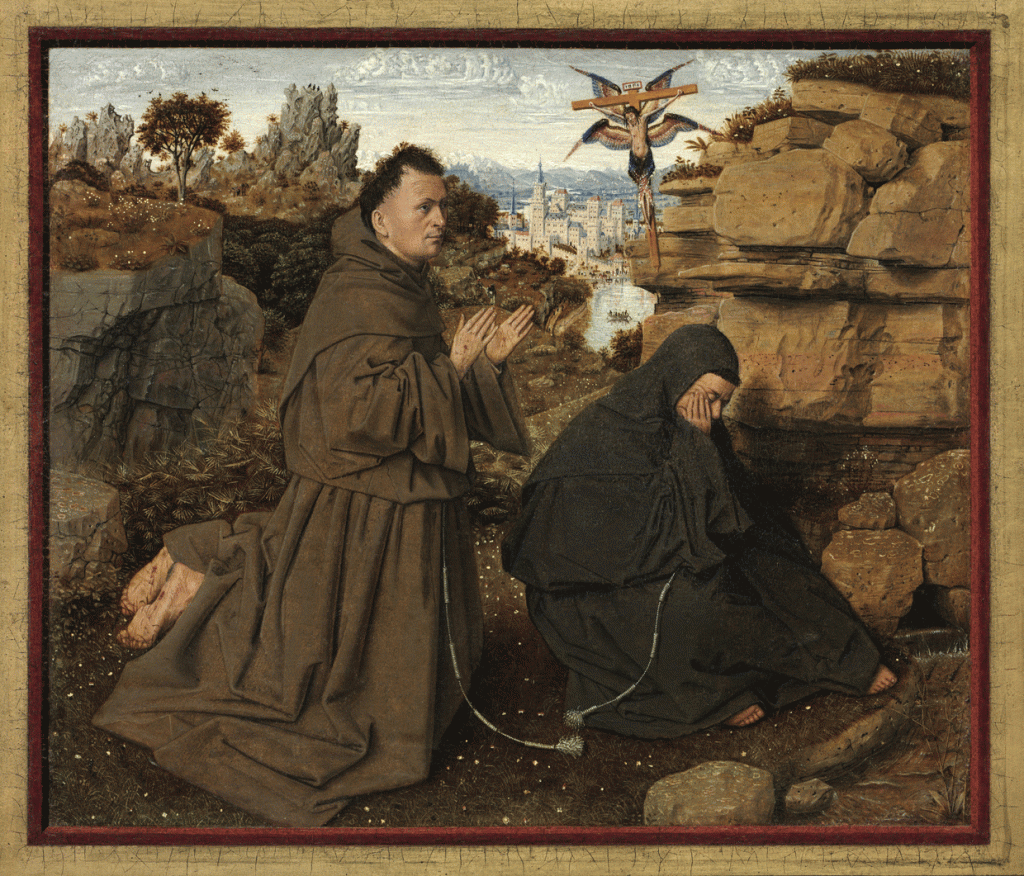 Saint Francis of Assisi Receiving the Stigmata, 1430‑1432. Jan van Eyck, Netherlandish (active Bruges). Oil on vellum on panel, 5 x 5 3/4 inches. Philadelphia Museum of Art, John G. Johnson Collection, 1917.
Saint Francis of Assisi Receiving the Stigmata, 1430‑1432. Jan van Eyck, Netherlandish (active Bruges). Oil on vellum on panel, 5 x 5 3/4 inches. Philadelphia Museum of Art, John G. Johnson Collection, 1917.
A Guided Tour of Philadelphia in the Year 1430
by DoN Brewer
Party like it’s 1430! Art is a time capsule, and a lens on society, join me on a tour of Philadelphia to experience life like a Burgundian. Philly was a forest but in the year 1430, at the apex of the Late Middle Ages in Europe. In a country called Burgundy that once existed between France and Spain, a region that was a magnet for artists, there was ground-breaking innovation in technology in the arts.
Just like young artists do today, moving to cities, attending great art schools like The University of the Arts, Pennsylvania Academy of the Fine Arts, seeking to achieve their creative and career goals, artists in 1430 would have become apprentices and joined guilds; the arts in Burgundy were already well established in the royal courts, King Philip the Good inherited a well oiled arts department including sculpture and painting studios. Jan van Eyck was the duke’s personal friend and confidant, the story of his diplomatic trips to court the Queens of Europe, like a swipe right/left app, to consolidate power and find romance with art is really a trip.
Let us take a look around Philadelphia to find the influences of Burgundian life from the year 1430. In the three paintings I analyzed for A Guided Tour of Philadelphia in the Year 1430, there are architectural elements that resemble buildings we inhabit like Philadelphia City Hall with it’s French Gothic courtyard, grand steeples, turrets and towers of churches along Christian Street, and The Philadelphia Episcopal Cathedral with glorious stained glass and vaulted ornate ceiling.
Weaving was the major economic force in the cities of Burgundy, trade of wool into textile the fabric of society, which we take for granted now with fast fashion. Weaving is still present in the arts today in Philadelphia, especially social practice artists like Kathryn Pannepacker, Lisa Kelley and Leslie Sudock.
Leslie Sudock is the instructor at Ready to Hand SOARI Philadelphia and she is a master weaver. Through her arts practice she connects Philadelphian empathy, sanctuary, and wealth of knowledge to the community.
“I have introduced SAORI weaving to public school children in the Philadelphia recreation system, to homeless and physically-challenged neighbors in churches, shelters and health facilities, and to the general community through my participation in Arts Street Textiles: handmade with the homeless. My own excitement at discovering SAORI continues undiminished, and I love enabling others to experience the peace, pleasure and freedom to be found in weaving SAORI-way.” – Leslie Sudock
Kathryn Pannepacker and Lisa Kelley thread the needle of the opioid crisis in Kensington with weaving and textile design classes. As a mural artist, she has used weaving as the central idea and main communicative device to connect concepts of reality to the wider community. Just as master weavers of Burgundy portrayed the economic status of the royal houses to the world, Kathryn Pannepacker and Lisa Kelly, by using weaving and textile, exposes the empathic thread of the economy that is now shredded and how through the economics of creating art stimulates healing in the community.
Kensington Storefront is a new Porch Light community space at 2774 Kensington Avenue, Philadelphia. It’s a place to make art and connect to health resources in your community.
We believe that hands-on art-making provides a pathway for individual and community healing. This new Porch Light space at 2774 Kensington Avenue, Philadelphia, is a place for creating art and connecting to resources to live a better, healthier life.
Porch Light is an initiative of Mural Arts and Philadelphia’s Department of Behavioral Health in partnership with NKCDC, Impact Services Corporationand Prevention Point Philadelphia—along with many other community members and organizations.
GET INVOLVED
— Apply to use the space!
https://goo.gl/forms/xpVh1SbbT4UH4Z6r1/LEARN MORE
— Strengthening community wellness through public art: https://www.muralarts.org/program/porch-light/
— Southeast by Southeast–another Porchlight project in Philly: https://www.facebook.com/PRMHCSEbySE/
There are many Philadelphia artists comparable to the traditions of arts and painting that we see in the transformative era of the Late Middle Ages. The artist and teacher Katya Held, an accomplished portrait artist who studied with the master Nelson Shanks at Studio Incamminati recently sent me a link to miniature paintings by artist Ludmila Bognycheva. Miniatures were the main source of communications through illustrated manuscripts and devotional objects and alter pieces in 1430. Being able to communicate an abundance of information distinctly with minimal data is an art that transcends technology from weaving to painting to writing; a correlation can be made between the the technological breakthrough of oil painting on economic growth with the growth of the internet, the world wide web.
Fashion and fine textiles are a part of everyday life now, but some artisans make fibre, jewelry, and design speak in a modern language. In Burgundian times status was announced with wardrobe, today high fashion is available at the consumer level. To differentiate from the masses one must choose wisely to stand out in the crowd. Philadelphia fashion designer Diane Litten creates multi-useful fashions that are transformable, jewelry made with coils and magnets, and stretch wacky hats with fibrous dreads.
In our art tour stop at the Jan van Eyck painting, I mentioned the portrait of Queen Isabella of Portugal‘s style and beauty, fashion and physique, and the spatial illusion in the composition. It was really important that the picture accurately portrayed the Queen, Jan van Eyck lived in Portugal for months to make the portrait; a prototype dating app. It’s not hard to imagine the luxuriousness of the lifestyle in Spain, like Burgundy there were fabulous textiles, furs, lace, the best of everything.
Fine foods Jan van Eyck would have eaten on his grand diplomatic trip are available in Philly, the royal houses were great consumers of meat, imagine the feasts in the high castles by visiting a Brazilian steak house. Roasted meats served on swords, carved at the table connects over space and time through the recipes from the the wedding feast of Philip the Good to Queen Isabella of Portugal, at the change of the decade 1430 in a land called Burgundy.
Music! Piffaro, The Renaissance Band
“Piffaro delights audiences with highly polished recreations of the rustic music of the peasantry and the elegant sounds of the official wind bands of the late Medieval and Renaissance periods. Its ever-expanding instrumentarium includes shawms, dulcians, sackbuts, recorders, krumhorns, bagpipes, lutes, guitars, harps, and a variety of percussion — all careful reconstructions of instruments from the period.”
Link to A Guided Tour of Philadelphia in the Year 1430
Link to Robert Campin, Christ and the Virgin
Link to Jan van Eyck art tour blog post – click here.
Link to Blasco de Grañén art tour blog post – click here.
Link to Old Master Now at Philadelphia Museum of Art press release on DoNArTNeWs
Written by DoN Brewer.
Like DoNArTNeWs Philadelphia Art News Blog on facebook
Follow DoN on Twitter @DoNNieBeat58
@donniebeat on Instagram
More DoNArTNeWs at www.brewermultimedia.com
Affiliate Marketing Disclosure Statement
Donate via safe and secure PayPal in the sidebar.

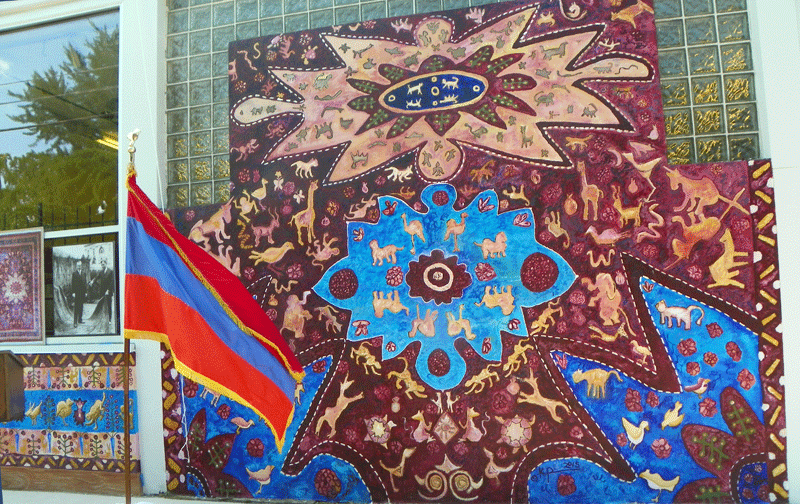
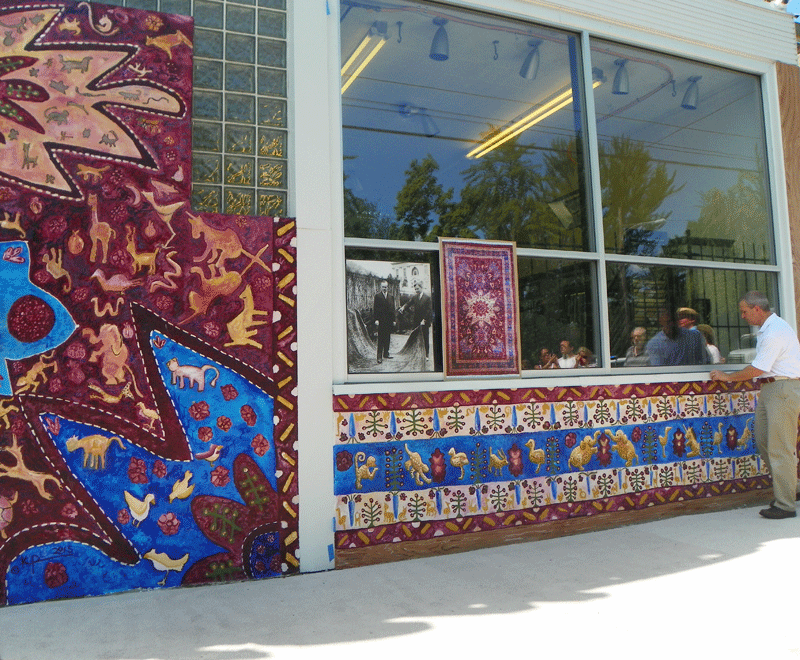
 Armenian Orphan Rug Mural at
Armenian Orphan Rug Mural at 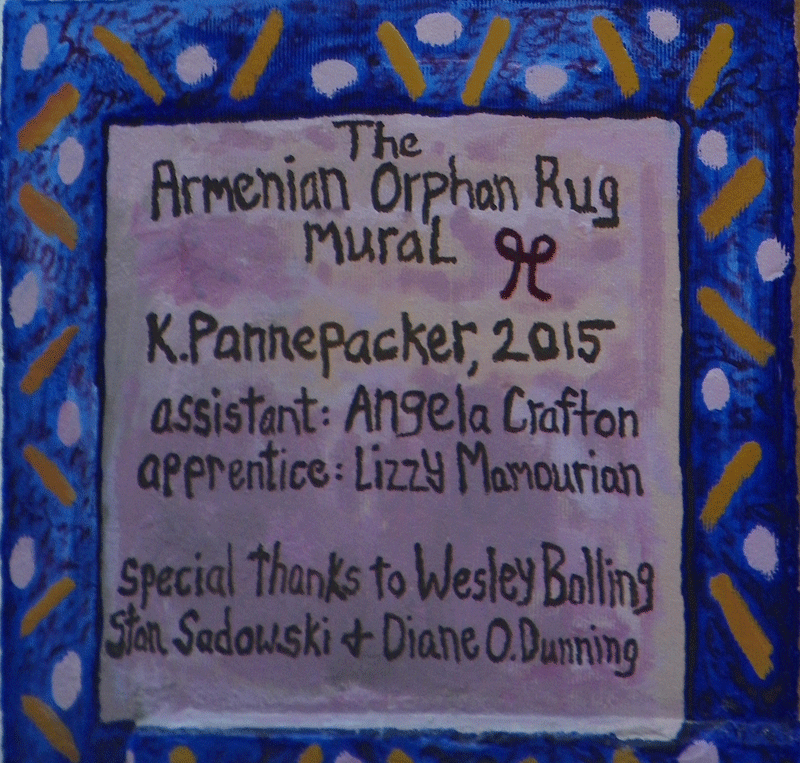

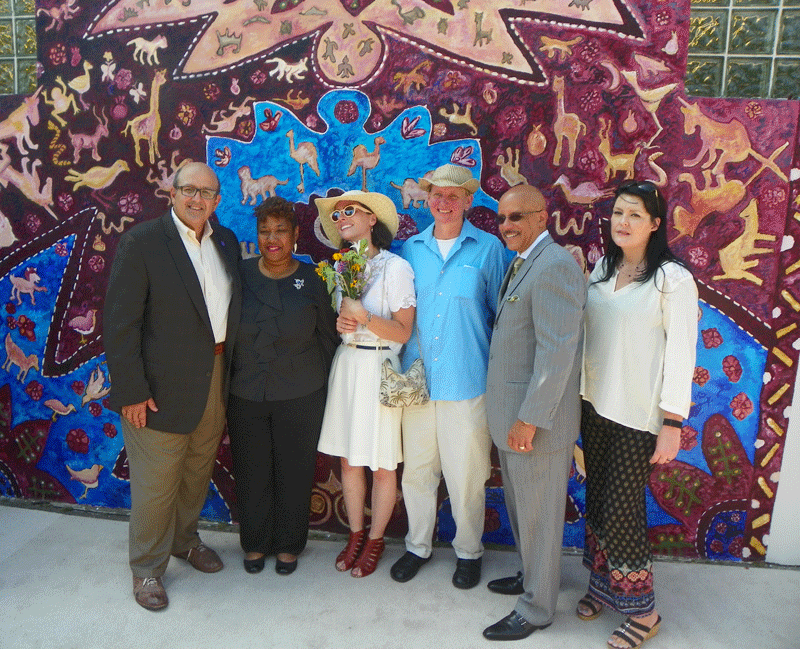
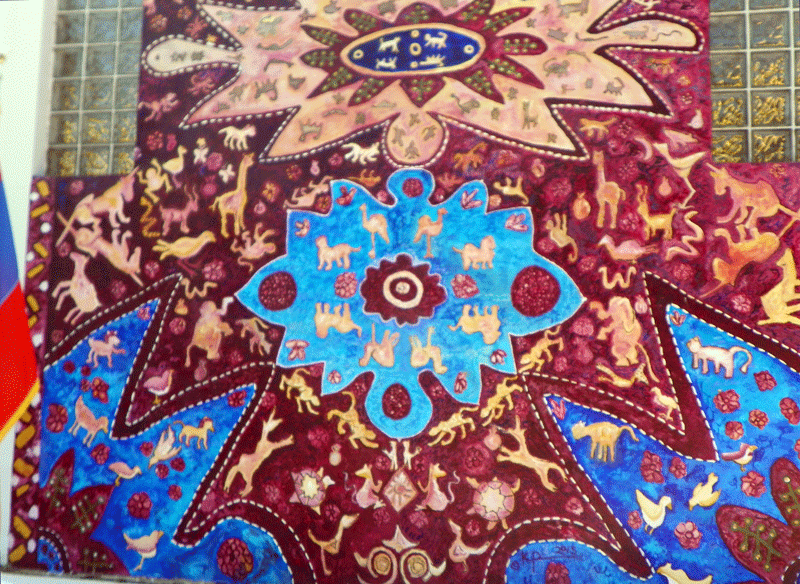 Armenian Orphan Rug Mural at
Armenian Orphan Rug Mural at 